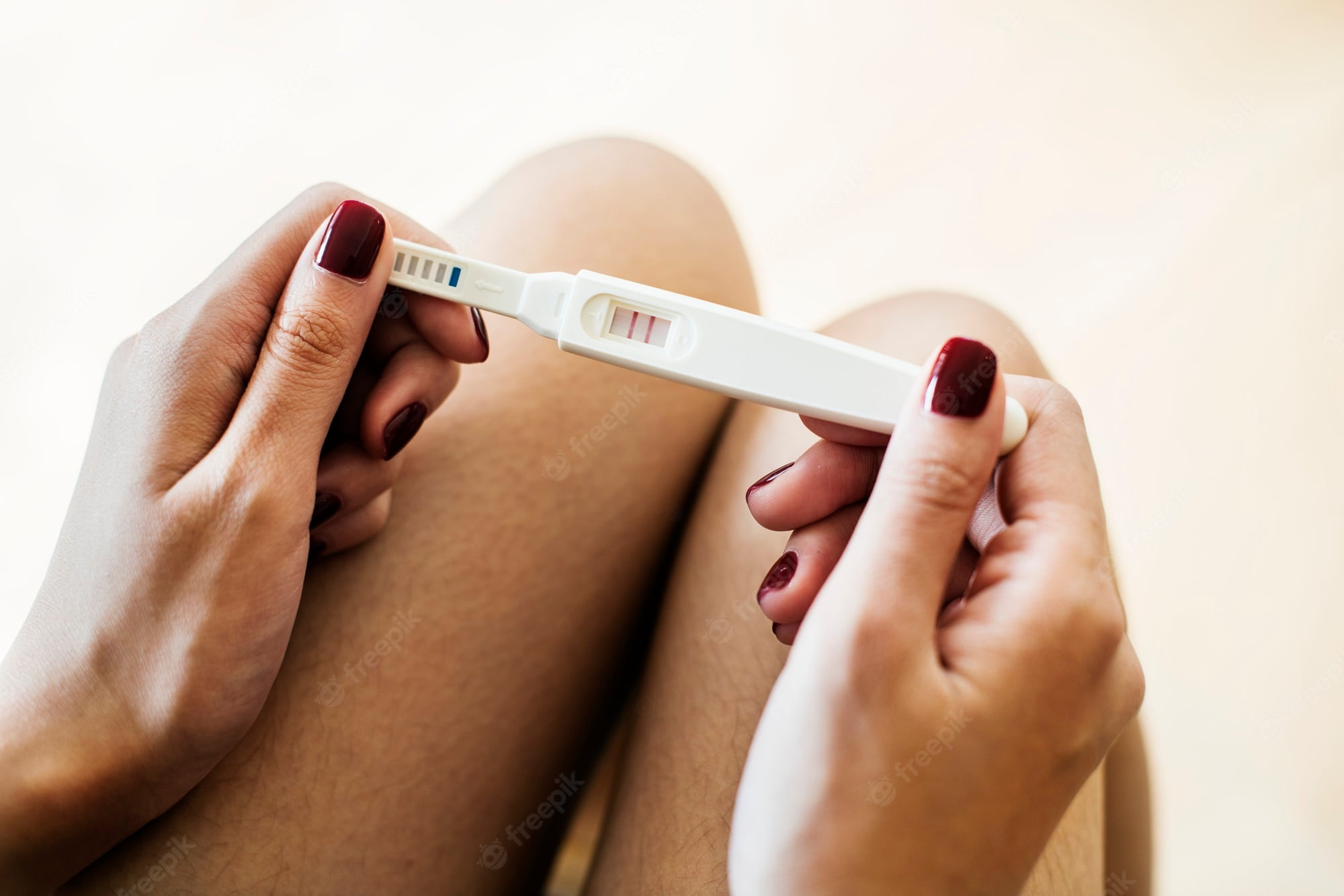
If you’re pregnant and have been using a pregnancy test that uses a dye to detect whether or not you’re pregnant, be aware that there is a possible risk of the dye stealing your baby’s DNA. If you are concerned about this possibility, you may want to consider using a different type of pregnancy test.
Contents
- 1 What is a dye stealer pregnancy test?
- 2 How does a dye stealer pregnancy test work?
- 3 What are the side effects of a dye stealer pregnancy test?
- 4 When should you get a dye stealer pregnancy test?
- 5 What is a dye stealer pregnancy test?
- 6 How does a dye stealer pregnancy test work?
- 7 What do the results of a dye stealer pregnancy test mean?
- 8 A dye stealer pregnancy test is a home pregnancy test that uses a different kind of dye to detect the presence of human chorionic gonadotropin (hCG).
- 9 HCG is a hormone produced by the placenta in cases of pregnancy.
- 10 The presence of hCG in blood samples can indicate whether or not you are pregnant.
- 11 Many women use dye stealers as an early-warning sign that they are pregnant.
- 12 What is a dye stealer pregnancy test?
- 13 How does a dye stealer pregnancy test work?
- 14 What to do if you get a positive result from a dye stealer pregnancy test?
- 15 What to do if you get a negative result from a dye stealer pregnancy test?
- 16 What is a dye stealer pregnancy test?
- 17 How does a dye stealer pregnancy test work?
- 18 What to do if you get a positive dye stealer pregnancy test?
- 19 What to do if you get a negative dye stealer pregnancy test?
- 20 When should you seek medical attention if you get a positive dye stealer pregnancy test?
- 21 When should you seek medical attention if you get a negative dye stealer pregnancy test?
- 22 Conclusion
What is a dye stealer pregnancy test?
A dye stealer pregnancy test is a type of home pregnancy test that uses a blue dye and a special filter to help you see if there is any hCG (human chorionic gonadotropin) in your urine. This type of pregnancy test is often used to check for early symptoms of pregnancy, such as a missed period. A dye stealer pregnancy test is not as accurate as other types of pregnancy tests, but it can be useful if you are not sure about your pregnancy status or if you are trying to avoid getting pregnant.
How does a dye stealer pregnancy test work?
A dye stealer pregnancy test is a type of home pregnancy test that uses a different type of indicator to detect the presence of a pregnancy. A dye is injected into the urine and will change color if it comes into contact with the hCG hormone, which is produced during early pregnancy.
What are the side effects of a dye stealer pregnancy test?
A dye stealer pregnancy test is a home pregnancy test that uses a special type of dye to detect the presence of pregnancy. The dye stealer can be a little bit more expensive than other types of home pregnancy tests, but it may be worth it if you want to avoid potential side effects.
One potential side effect of using a dye stealer is that it can increase your risk of getting an inaccurate result. This is because the dye can spread more easily through the urine than with other types of tests. In addition, using a dye thief may also increase your risk of getting a false positive result. This means that you may think you are pregnant when you are not actually pregnant.
If you are considering using a dye thief to test for pregnancy, be sure to talk to your doctor first. He or she may have some recommendations about which type of home pregnancy test is best for you.
When should you get a dye stealer pregnancy test?
When you are pregnant, your body is changing in ways that may make it difficult to get a positive pregnancy test. This is why it is important to get a dye stealer pregnancy test as soon as possible after having unprotected sex. A typical urine pregnancy test will only work if the urine is fresh. If you have had unprotected sex recently, your urine will probably be diluted with other things in your body, including blood and other fluids. A dye stealer pregnancy test will work even if the urine is old or diluted.
What is a dye stealer pregnancy test?
A dye stealer pregnancy test is a diagnostic tool that uses a different color of dye to detect the presence of human chorionic gonadotropin (hCG). This hormone is typically present in high concentrations during early pregnancy. A positive result on a dye stealer pregnancy test indicates that you may be pregnant.
How does a dye stealer pregnancy test work?
A dye stealer pregnancy test is a type of home pregnancy test that uses a chemical called “indigo carmine” to create a visual cue that can be used to determine whether or not you are pregnant. The dye is absorbed by the urine and then reflected back onto the test strip, which can then be read.
There are two main types of dye stealer tests: the digital and the traditional. The digital dye stealer test is more common and uses a small, handheld device that you place over the pee stream. The traditional dye stealer test is usually more accurate and requires you to dip a piece of cloth into your urine and place it on the test strip.
What do the results of a dye stealer pregnancy test mean?
A dye stealer pregnancy test is a home pregnancy test that uses a small amount of dye to stain the urine sample. The test is designed to detect the presence of pregnancy hormones in the urine. The result of a dye stealer pregnancy test is usually not as accurate as a regular home pregnancy test, but it can be used as a second option if the results of a regular home pregnancy test are inconclusive.
A dye stealer pregnancy test is a home pregnancy test that uses a different kind of dye to detect the presence of human chorionic gonadotropin (hCG).
The test is designed to be used as a early-detection tool for women who may have been exposed to the human chorionic gonadotropin (hCG) as a result of pregnancy. hCG is a hormone that is produced by the placenta and can be detected in the urine after implantation.
If a woman tests positive for hCG, she should consult with her doctor to rule out pregnancy and to determine if any further testing is necessary. A dye stealer pregnancy test is not 100% accurate, so it should not be used as the only method of detection.
HCG is a hormone produced by the placenta in cases of pregnancy.
Dye stealers are strips that use a blue or other color dye to identify the presence of HCG.
The most common usage is in the first few weeks of pregnancy to check for a pregnancy. However, HCG can also be used to diagnose early stage pregnancy.
If you are pregnant and test positive for HCG using a dye stealer, this does not mean that you are definitely pregnant. A positive result may be indicative of early stages of pregnancy but cannot confirm whether you are actually pregnant.
The presence of hCG in blood samples can indicate whether or not you are pregnant.
A pregnancy test, also called a home pregnancy test, is a laboratory test that can be used to detect the presence of hCG in a person’s blood. A dye stealer pregnancy test is a type of pregnancy test that uses a different type of detection method than traditional home pregnancy tests.
Many women use dye stealers as an early-warning sign that they are pregnant.
What does a dye stealer pregnancy test mean?
A dye stealer is a home pregnancy test that uses a blue or green liquid to identify the presence of an egg. When you take a dye stealer, the test strip will turn blue or green if there are any eggs present in your urine. This is a very early indicator of pregnancy, and can be helpful for women who are not sure if they are pregnant or not.
What is a dye stealer pregnancy test?
A dye stealer pregnancy test is a type of home pregnancy test that uses a special light to detect the presence of a beta human chorionic gonadotropin (β-HCG) in your urine. A positive result on a dye thief pregnancy test indicates that you are pregnant.
How does a dye stealer pregnancy test work?
A dye stealer pregnancy test is a type of home pregnancy test that uses a strip of paper with a small amount of blue or green iodine on it. When you pee on the strip, the iodine will show up as a dark blue or green spot on the paper. If you’re pregnant, your urine will not show any spots, because you’re not producing enough pregnancy hormones to react to the iodine.
What to do if you get a positive result from a dye stealer pregnancy test?
If you get a positive result from a dye stealer pregnancy test, the most important thing to do is to confirm the test with a regular pregnancy test. If the two tests are both positive, then you likely have a real pregnancy.
What to do if you get a negative result from a dye stealer pregnancy test?
If you get a negative result from a dye stealer pregnancy test, there are a few things you can do. First, you can try another type of pregnancy test. Second, you can take a home pregnancy test. Third, you can go to the doctor. Fourth, you can consult with a fertility specialist.

What is a dye stealer pregnancy test?
A dye stealer pregnancy test is a type of home pregnancy test that uses a chemical called indigo carmine to detect pregnant women’s hormones. This type of test is less accurate than other types of home pregnancy tests, but it can be used to confirm a pregnancy.
How does a dye stealer pregnancy test work?
A dye stealer pregnancy test uses a small amount of a blood-colored dye to “steal” the color of the urine sample. This method is more accurate than traditional home pregnancy tests, which use a white light and a blue dye to detect the presence of pregnancy hormones.
What to do if you get a positive dye stealer pregnancy test?
If you get a positive dye stealer pregnancy test, there are a few things you can do. The first thing is to consult with a healthcare professional. They can help you figure out the next steps in your pregnancy. Another option is to try to determine if the test was actually accurate. If it’s not accurate, then you may want to consider another method of confirming your pregnancy.
What to do if you get a negative dye stealer pregnancy test?
If you get a negative dye stealer pregnancy test, it means that there is no sign of pregnancy. This can be a relief, but it’s important to remember that this doesn’t mean that you’re not pregnant. You may still be pregnant, and you may even need to take another pregnancy test to confirm the results.
When should you seek medical attention if you get a positive dye stealer pregnancy test?
If you get a positive dye stealer pregnancy test, it is important to seek medical attention. A positive dye stealer pregnancy test could mean that you are pregnant and that you need to take care of yourself. You may also want to see a doctor if you get a positive dye stealer pregnancy test if you:
When should you seek medical attention if you get a negative dye stealer pregnancy test?
If you get a negative dye stealer pregnancy test, it is best to seek medical attention as soon as possible. There are a few reasons for this. First, a negative dye stealer pregnancy test does not always indicate that you are not pregnant. It could simply mean that there is no active pregnancy present at the time of the test, or that the testing process was not accurate. Second, a negative dye stealer pregnancy test could also mean that there is an underlying health problem that is causing the missed pregnancy. If this is the case, seeking professional medical attention may be necessary in order to diagnose and treat the problem.
Conclusion
If you’re pregnant and trying to figure out what the “dye stealer” pregnancy test means, don’t worry – you’re not alone. This is a common question that pops up every time there’s an announcement about a possible pregnancy, and as with most things related to pregnancy, there’s no easy answer. In general, the dye stealer test is designed to detect whether or not a woman has been sexually active in the past few days. However, because this type of test depends on the presence of male hormones (which are usually highest during late-stage pregnancy), it can sometimes be unreliable. So if you’re wondering whether or not you should take the test, it’s best to wait until after your next period arrives. If anything seems off about your current cycle, go ahead and take the test – but keep in mind that it may not be 100% accurate yet.




